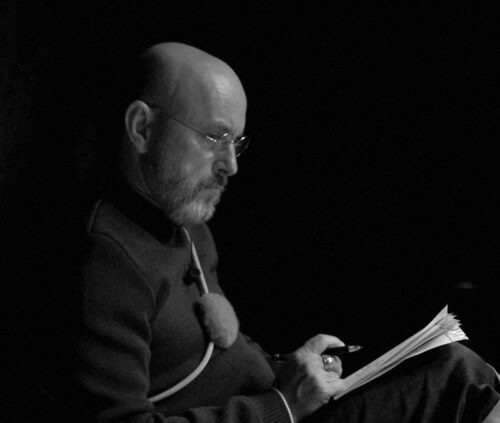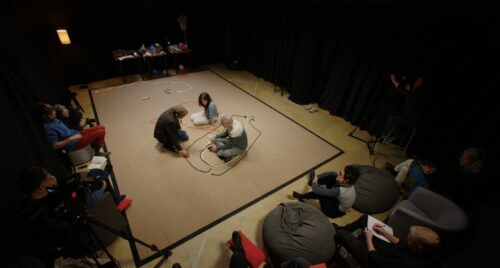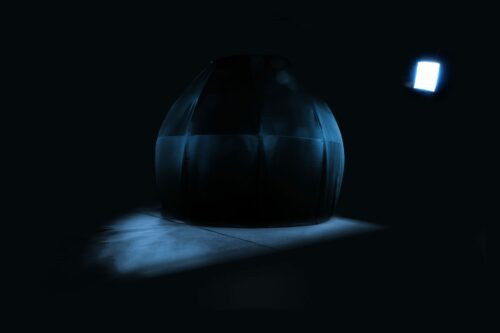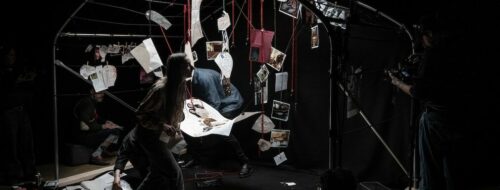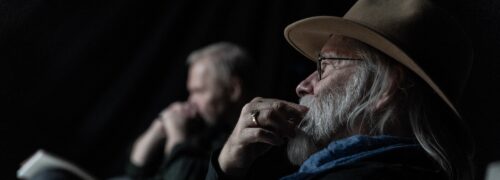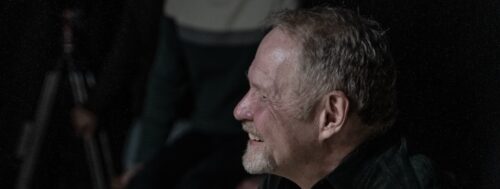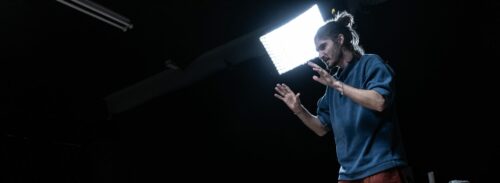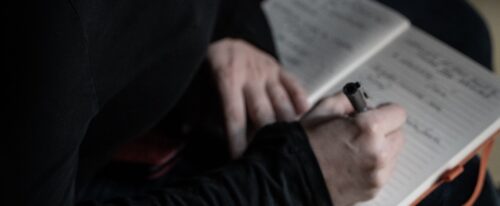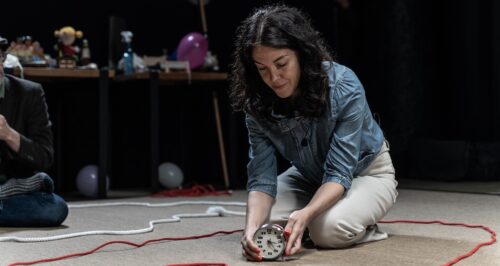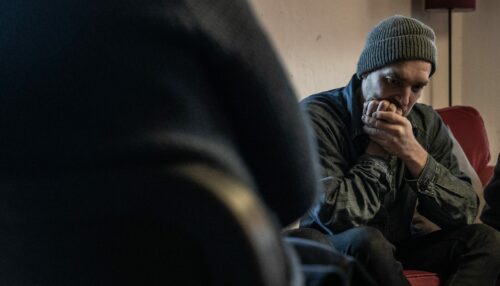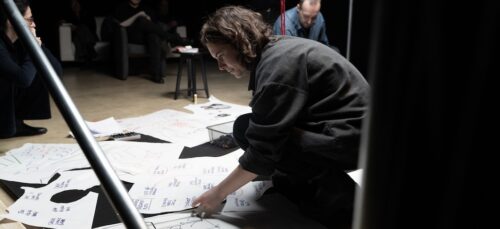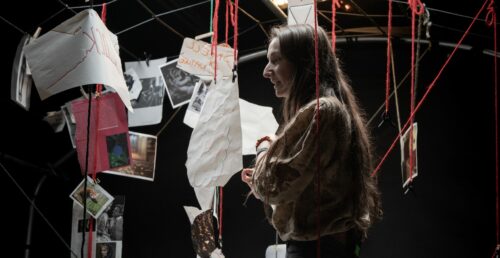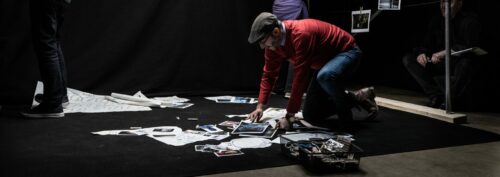Yves Sarfati
Yves Sarfati is a doctor of medicine and neuroscience (Sorbonne University – Paris), psychoanalyst, and writer. His research initially focused on neurophysiology, theory of mind, and cognitive imagery in schizophrenia. Since 2007, he has reoriented his research towards the reinterpretation of art history through integrative knowledge, including medicine, neuroscience, and psychoanalysis. He published the first pathobiography of the American painter James Whistler and the French painter Gustave Courbet. He was a professor at the European Psychiatric Association ( EPA ) and a supervisor for young psychoanalysts at the . Since 2016, he has coordinated a psychotherapy course for psychiatry trainees in the Paris region.
— As part of its 5th season, the StoryTANK team wanted to try a new experiment, under the guidance of six passionate and captivating researchers. The goal was to test and film the emergence of story ideas within experimental frameworks created by LA FABRIQUE DES MONDES — a unique initiative in Europe, developed at Le Groupe Ouest since 2023, under the auspices of the French Ministry of Culture.
The experience was offered to six screenwriters or filmmakers from six different European countries. Here, the StoryTANK provides an opportunity to explore and shed light on the creative process.
Below, a debrief by Yves Sarfati, as he reflects on his experience.
THE CAVE
THE COMPOSITION OF THE STORY, THROUGH COOPERATION
“I’m fascinated by the efficiency of the human machine: all these people who don’t know each other and who cooperate.”
I’m fascinated by the efficiency of the human machine, all these people who don’t know each other and who cooperate, even though it’s difficult.
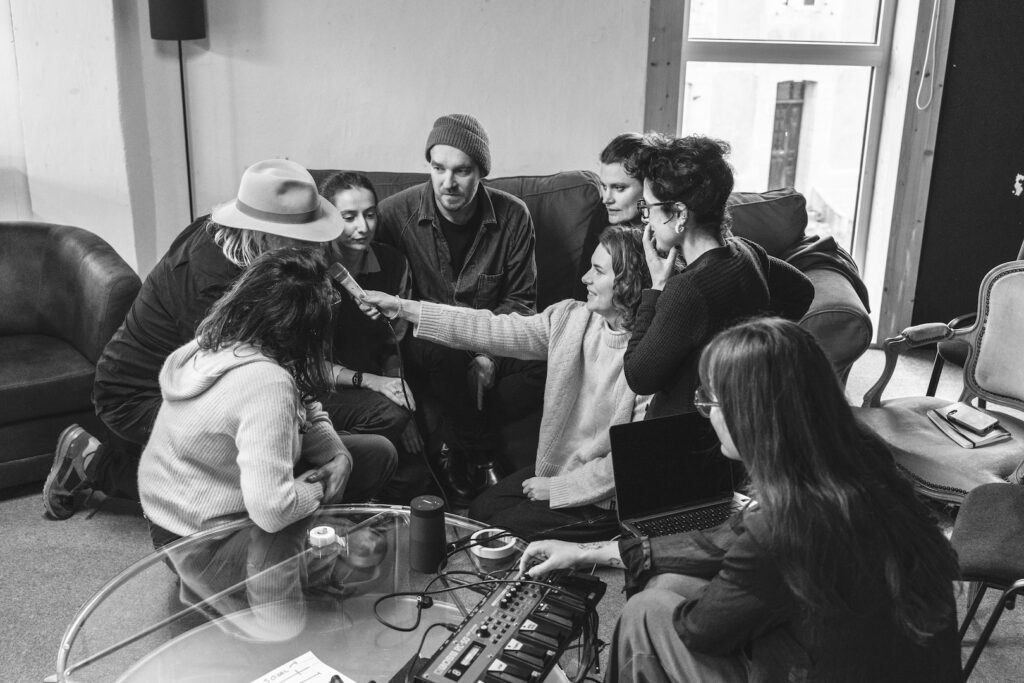
THE PLATEAU
THE OBJECT AND THE BODY AS BINDING ELEMENTS OF THE NARRATIVE
“ The brain integrates the object into its organism, like an organ, like an extension of the body.”
At the level of the bodily inscription of the mind—when you give a cane to a blind person, the tip of their body stops at the rubber end of the cane. at is to say, the brain will integrate the object into its organism, like an organ, like an extension of the body. is is extended and embodied cognition.
REGRESSION AND TRANSGRESSION IN THE COMPOSITION OF THE STORY
“It’s really important that the space created to act out the story be a safe space for taking risks.”
It’s a luxury to give adults the opportunity to play, but to play like children, that is, to allow the expression of collective spontaneity.
